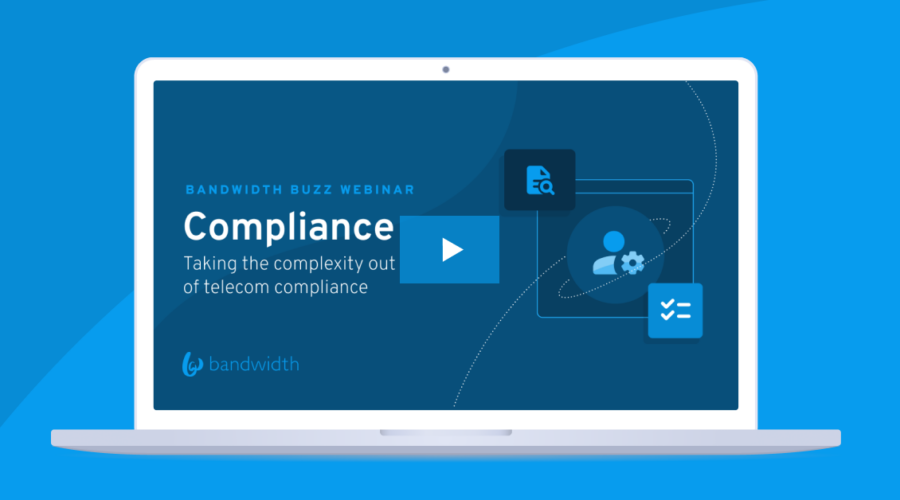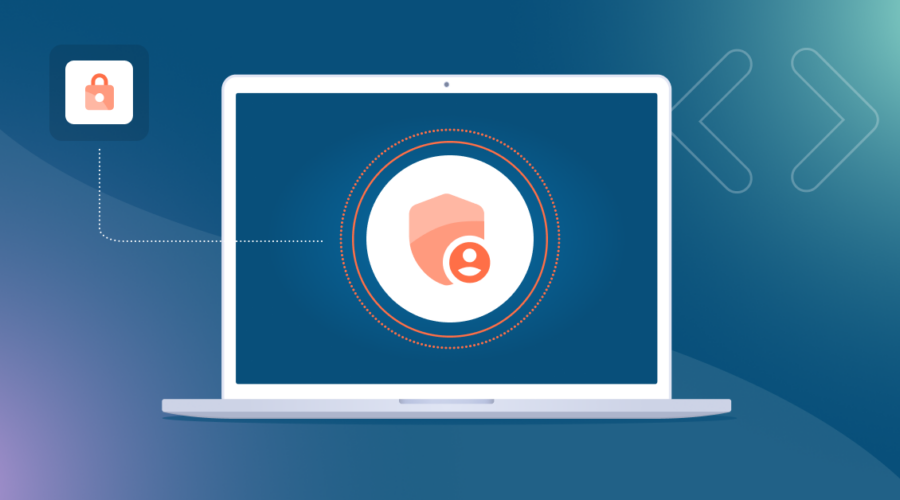Whether you’re going global (or already there), managing telecommunications regulations around the world is a full-time job—and impacts your business more than you realize.
But most teams don’t know where to start, or how to navigate the new and evolving regulatory landscape.
Compliance should be proactive, not reactive
Managing compliance often falls to the bottom of the to-do list, but you can’t afford to ignore the regulatory landscape forever—especially when market growth, business continuity, employee safety, and customer experience depend on it.
If you’re purchasing SIP trunks, emergency calling, and texting directly from a carrier, you still need to keep an eye on the global telco landscape. Even your carriers can struggle to keep up with global laws around fraud prevention, call termination and emergency services—and non-compliance creates downtime in your contact center and throws a wrench in your productivity. Yikes!
However, only 3% of webinar attendees knew about France’s Number Authentication Mechanism (MAN) Program. To avoid service disruption, make sure you’re talking to your telephony providers about their plans to face regulatory changes.
Telecom regulations amidst the ISDN shut-down
Countries have been phasing out the Integrated Services Digital Network (ISDN), or Plain Old Telephone Service (POTS) lines, in exchange for Voice over Internet Protocol (VoIP) since 2013.
Businesses are being forced to the cloud, whether they want to or not. But according to webinar participants, 33.3% weren’t aware of the ISDN shutdown. Another 24.2% plan to stay on-premise, and the remaining 42.4% are working on migrating their Unified Communications and Contact Centers to the cloud:

Why does this matter? Today’s regulations were designed for on-premise systems, and VoIP is driving new telecom regulations and a mass migration to cloud-based communications.
With this in mind, let’s explore some different regulations that may impact you.
1. Know Your Customer (KYC) requirements
KYC information should relate to the purchasing business, not individuals. If you’re purchasing telephony from a provider, your carrier needs to verify your identity and through proof of address, and proof of identification:
- Proof of Address: Official documentation that includes your business name and address. For enterprises, verification information should relate to enterprises, not individuals. Proof of Address should include company data, such as business registration or an equivalent.
- Proof of Identification: Official documentation that includes your legal representative’s name and address, such as a Passport, ID, or Drivers License, and a proxy of their company authorization.
2. Number activation requirements
Do you have what you need to purchase and activate new phone numbers everywhere you have customers and employees? Number activation requirements vary from country to country, and doing your research ahead of time can make sure you have the information needed to manage voice services on time.
Here are examples of France and Germany number activation requirements:
France
| Fixed numbers | Non-fixed numbers |
| 1. Location of end-user 2. A local office address 3. Proof of your address 4. Proof of your ID | 1. Full name 2. User address 3. Copy of ID and Passport |
Germany
| Geographical numbers | National numbers |
| The local address in the corresponding city of the geographical zone of the number requested | The address of the end-user (Place of residence/business). |
3. Emergency regulations in the U.S.
In the U.S., there are specific 911 laws that make accessing emergency services more efficient: RAY BAUM’s Act and Kari’s Law.
Key events in the U.S. have driven RAY BAUM’s Act and Kari’s Law into effect, and these emergency requirements are ahead of the curve compared to international emergency regulations.
| Regulation | RAY BAUM’s Act | Kari’s Law |
| Requirements | Requires a dispatchable location of address line 1 and address line 2 | Requires multi-line telephone systems (MLTS) to route 911 calls without additional digits for an outside line
911 calls must provide notification to designated personnel |
| Deadline | January 6, 2021 for fixed devices January 6, 2022 for non-fixed devices |
February 16, 2020 |
4. Activating emergency services internationally
The requirements to activate emergency services changes from country to country, but the activation workflow is similar. Most of the time, carriers bundle emergency calling activation and provisioning as part of the larger number activation process.
To set up emergency calling services internationally, you follow a similar process to plain old number activation. After you get a number from your carrier and they verify your identity, they’ll upload that information to a non-real-time database.
Whenever an employee dials emergency services from your business devices, the on-file address is used to route calls to the corresponding Public Safety Answering Point (PSAP).
If an employee is working from home or traveling, countries are leaning on Next Generation 911 (NG911) techniques, which may push businesses to improve emergency outcomes.
Note: Some carriers may charge an activation fee for emergency services.
Your regulatory compliance checklist
- Consult with your legal counsel about regulations that may impact you. We’re not lawyers, and your legal team can translate regulations into actionable items for your specific enterprise. Although regulations are broadly set and the same for everyone, you can interpret them differently.
- Learn about compliance requirements in the countries you’re operating in (or may expand into). Understand that there are regulatory compliance aspects you have to comply with. There are no regions where you don’t have regulations, so if there are countries you haven’t submitted information for, check to make sure you’re not missing anything important.
- Find a carrier that understands and has resources dedicated to help you implement this. Does your telephony provider have global regulatory experience? Are they a National Operator in different countries? Are they aware of changes, as they’re happening?
- Troubleshoot and test your emergency capabilities with hybrid employees. Take a look at your current emergency services workflow, and make sure this aligns with requirements everywhere you have employees.
- Map out your KYC workflows and requirements. Include every level of information your carrier expects from you.
- Understand data submission for each country you’re operating in. Each country has a specific list of things to provide and not every country is the same. Familiarize yourself with these requirements and you’ll be ahead of the game.
- Set up access to emergency services where you’re required. In Europe, any provider providing both inbound and outbound services to the end user is required to enable access to emergency services.
Wrapping it all up: Regulatory Q&A
Do I need to enable emergency services for WFH employees?
In the U.S. and your employees have inbound and outbound services (they can call out to the PSTN), they need to have emergency calling capabilities.
It doesn’t matter if it’s a softphone that’s normally in the office. The FCC is upholding that if a work phone can call out to the PSTN, including contact center and call center phones, your employees should also be able to call 911.
Can providers detect when a phone has moved outside of its documented location?
When dealing with nomadic employees and emergency services, businesses can break this down into On-net and Off-net scenarios:
- On-net – When you have software on a device connected to the internet, they can perform location discovery to identify where you’re calling an emergency service from.
- Off-net – If you’re working ‘Off-net,’ whether that’s a hotel, home, or a coffee shop, software can prompt users to update their location information in case of an emergency call.
With a hybrid environment and nomadic employees, you’re just trying to make the employees safer at the end of the day.
How do you manage location tracking for international nomadic users?
Internationally, there is no system that can account for this—the employee is responsible for providing a dispatchable location when they’re traveling.
Lots of applications have been developed to solve this problem, but the PSAPs and regulators in these countries that decide these standards are moving slower than the development of these solutions. To standardize nomadic location tracking internationally, we need better standards. Managing all of the telecom for your company can be hard–which is why simplifying your communications stack can make your life easier. Learn about our award-winning tool, Maestro, and our many BYOC offerings, like Microsoft Direct Routing or Cisco’s Webex.
Disclaimer: The information provided in this post does not, and is not intended to, constitute legal advice; instead, all information is for general informational purposes only.




